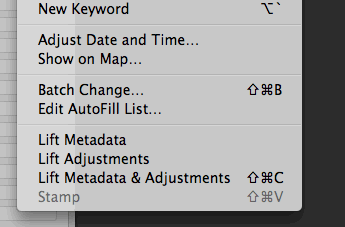- Active GPX Route Player: From the makers of 3D Route Builder (blogged here) comes Active GPX Route Player (free beta), a “media player” for GPS tracks billed thus:
Simple to use yet endlessly customizable, any number of routes can be played back at the same time. Adjust time, speed scale, viewing behavior, track and icon appearance and watch progress against an altitude profile. Every turn, acceleration and stop is faithfully recreated.
Developer Nick Kopp writes:
You can load in up to 50 GPS data tracks and play them all back at the same time, synched or true time. You can get location against altitude profiles and of course in Google Earth… With more people now making GPS recordings and permanent recorders like TrackStick around we thought it about time to make a player that’s as easy to use as an MP3 player application.
- GeoSMS demo at TED: I’ve been reading every word of Ethan Zuckerman’s heroic blogging effort at TED 2008. Can’t wait for the videos. But one cool neogeo demonstration happened off the stage, showing how an SMS messaging service can be used to report and aggregate live location-based information of the kind that can be crucial in an epidemic. Daniel Cazzulino explains all on his blog. It’s part of InSTEDD (Innovative Support to Emergencies, Diseases and Disaster), which you may remember recently got one of the first grants from Google.org.
- Attention heatmaps: Barry Hunter scours the usage statistics of his many Google Maps and Earth-based tools on nearby.org.uk and turns them into wonderful attention heatmaps. Where in Great Britain are people searching? And Where in the world are people looking? part 1 and part 2.
- Mac geotip: Import a photo into Aperture 2 for Mac that has coordinate data in its EXIF metadata, and you’ll find a link to the location in Google Maps in the Metadata menu.

That’s it though, which is pretty meager for an otherwise powerful application. (It’s exactly the same feature that’s available in the Preview application for OS X.) Let’s hope developers create some nifty geotagging solution using the application’s new plugin system — I’d definitely buy that. Currently, the way I georeference photos is by either doing so before I import them into Aperture (straight onto the connected camera’s memory card using Geotagger (free) or GPS Photo Linker (free)), or else do it on upon export to Flickr with the cool geotagging feature in FlickrExport ($). But do also check out HoudahGeo ($) for some extra features, PhotoInfo (free), LoadMyTracks (free) and HoudahGPS (free).
- NOAA Gulf of Mexico Marine Debris: Virgil Zetterlind at EarthNC writes:
I’ve just posted a new Google Earth layer for EarthNC Online based on the NOAA Gulf of Mexico Marine Debris program. The recency of the data (2006 and newer) and modern collection methods make this particularly interesting. The inclusion of size (length, width, height) measurements, besides the obligatory depth information makes it especially relevant to divers/fishermen looking to find ‘undiscovered’ fish habitats.
There’s a free sample of the map to try out.
- GEMMO: Mickey’s Google Earth-based multi-user game is now in public beta. Head on over to Google Earth Hacks for more.
- Primer on maps in India: More for my own future reference, this article makes a deft mockery of how the Indian government currently processes imported magazines containing maps of which it does not approve. A great quick read. No wonder online maps like Google Earth bother India’s bureaucrats so.